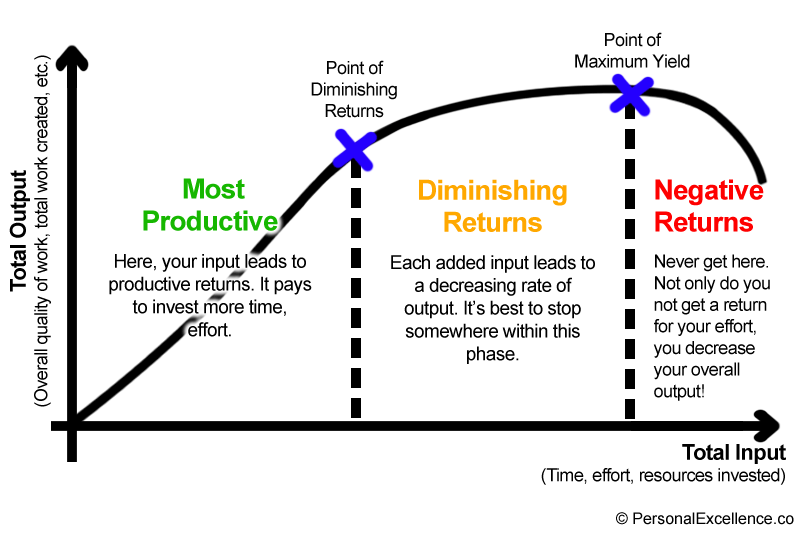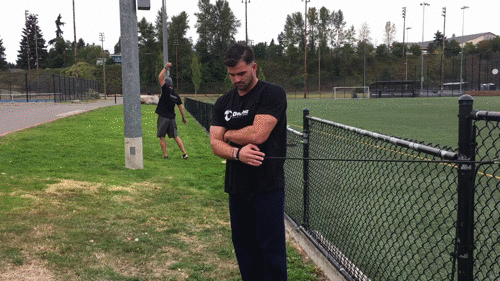The Path to Long-Term Training Progress and Adaptation

In the previous post we discussed the importance of a ballplayer’s first year of strength-training, and how to go about making the most of that first year.
Today we will extend from that topic by discussing further the great window of adaptation that novice athletes possess, and why it is important to slow-cook their development, rather than attempt to move too quickly through the training process.
The Difference Between the Amateur Athlete and the Professional
Despite what many fanatical parents, misinformed coaches, and highly ambitious players may think, it is not okay to train a novice or youth athlete like a professional.
We often hear something to the effect of, “My son is a big strong kid, and an elite-level player. He’s ready for professional training.” But, no measure of on-field success or physical characteristics at the youth or high school level can warrant professional-intensive strength training.
Of course, there is the psychological side of the argument: kids should avoid specializing in one sport and training too intensively for that one sport due to an increased likelihood of burnout.
We could also discuss at length the relationship between early sport specialization and injury: overexposure to one sport too soon can actually hinder a kid’s chances of becoming a successful, pain/injury-free athlete.
Those two arguments, alone, are strong. But, we will be taking it a step further today and looking at it from the performance training standpoint: what is best for training the athlete, long-term? The simple answer is age-appropriate training.
Training Age and Age-Appropriate Training
Let’s take a different approach to labeling and characterizing these athletes. We all understand what separates an amateur athlete from a professional. Of course there is age, but moreover there is the actual necessity of baseball in their life; the amateur is playing for enjoyment of the game, whereas a professional is playing for the livelihood of themselves and/or their family, and it is all riding on their performance.
But, when we reference the “professional athlete”, we are also synonymously talking about the intermediate or advanced trainee. In other words, the athlete that has accumulated more than a year or so of committed and serious strength-training.
Meanwhile, the “amateur athlete” alludes to a the novice trainee who has very limited training experience (and, no, chest/tris and back/bis days at the YMCA does not count toward your training age – we are talking about committed strength-training).
Stress, Adaptation, and Training Age
Why this categorization (novice vs. intermediate, advanced) is important is because it establishes the relative adaptability of the ballplayer in terms of strength-training. When it comes to training age, the younger athlete has a greater propensity for adaptation to the stressors of training.
In brief, strength-training places specific stressors on the musculoskeletal system and the nervous system. Manipulating the variables of intensity (load), volume, rest, etc. can help elicit the specific adaptations that we are seeking, such as increases in muscle mass, increases in strength, or an increased ability to display power. In order to achieve a positive adaptation, the body must be exposed to a stressor that is strong enough to disrupt homeostasis. In other words, the loading, volume, or whatever stress we are applying must be significant enough to tax our body beyond what it is used to experiencing.
Since novice trainees have little to no training experience, it doesn’t take much stress to achieve this disruption of homeostasis. Once technique has been established and the body is taxed with a significant load and volume, the body will reach an “alarm” stage. Essentially, fatigue has accumulated, performance decreases, and oftentimes soreness onsets.
Then in the coming days the body will recover, and then ultimately supercompensate – the term used for an improvement in strength (or any other performance characteristic) above baseline in response to the work we put in during training.
An example: a novice athlete squats 100 lbs. for 3 sets of 5 today, putting his body in the alarm stage. In the coming days, he will recover. Later in the week, if the athlete attempts to squat for 3 sets of 5 again, he should hopefully have supercompensated and be able to use a weight greater than 100 lbs.
Every athlete and trainee can and will go through this cycle of stress and adaptation, no matter their biological or training age. But, those with a younger training age, such as the novice athlete, have more room to grow, develop, and progress each time. What’s more, they are able to do it at a faster rate, as they have rarely pushed beyond their low-level baseline, or homeostasis.
As the athlete progresses, though, gains come with a heftier price tag – more work and stress. The body will need to be placed under increasing loads, with more variability in their training methods, and with even more time set aside for recovery. Supercompensation can still occur, it just takes longer, and yields increasingly more marginal results.
Diminishing Returns
Everyone has their own theoretical physical potential limit that they are attempting to reach, and as we get more near that finite line, the harder it actually becomes to get there. We can’t simply use the same set and rep scheme and steady loading increases from session to session or week to week forever. It is the law of diminishing returns.
A few years into training, and a simple stressor of 3 x 5 squats week in and week out will not elicit the disruption of homeostasis that will lead to the attainment of increased strength.
Hence why we see the older trainee using bands, chains, clusters, double-sessions, advanced programming, and/or progressive exercise variations in all of the Youtube videos of collegiate and professional weight training sessions. These athletes have been training for years, thus their return on training investment is dwindling with traditional beginner methods.
Unfortunately, these videos, which should serve as motivation for young athletes, can often turn to a model for emulation for these same athletes, their coaches, and worse their parents. They all want the same thing; they want little Johnny to compete at the collegiate/professional level one day, so they think that training like those professionals/collegians is the way to get there, when it is quite the contrary.
Long-Term Development: There is Time to Learn
As we discussed in a the post, the novice athlete will adapt to just about any training program so long as it stresses the system beyond homeostasis.
While every kid wants to load up the barbell with right off the jump and perform every sexy and cool variation in training, the novice trainee (or the coach that trains these athletes, or the parents who raise these kids) should hold advanced training methods in their back pocket like an ace up their sleeve – saving them instead for when the returns on training investment begin to diminish in the coming years.
If we use these advanced methods now, what will we do when the slope of our progress begins to flatten out?
Ideally, the introduction phase that an athlete experiences in the weight room should be used to develop comfortability and proficiency in the major basic movements – i.e. the squat, hinge, lunge, push and pull. Even with body weight and minimal loading, the athlete will be forcing the body to adapt and grow. After a short time, loaded barbell/dumbbell movements can be used conservatively to drive more growth and adaptation.
Meanwhile, as time goes on and the athlete adapts to progressively heavier and more stressful training, the athlete and coach can take the time to properly learn the more advanced methods (those that are age-appropriate for intermediates) and then apply them when the time is actually right.
In this way, not only does athletic development and adaptation become a long-term process, but so too does learning. Together, they will then help the athlete/coach/parent see progression consistently over time, with little to no injury.
Want to learn more about strength training as it relates to being a better pitcher? Read all of our articles relating to strength here.
Comment section
Add a Comment
You must be logged in to post a comment.

How To Start A Weighted Ball Program – Pitch Mechanics -
[…] extension focused long toss, and like always, recovery. The de-load allows proper time for tissue stress adaptation. Now based on the timing of his on-ramp, the athlete finds himself at or around the end of the […]
Sports Science: Week in Review, Dec 12-Dec 18 | Sports.BradStenger.com -
[…] The Path to Long-Term Training Progress and Adaptation (December 13, Driveline Baseball) […]